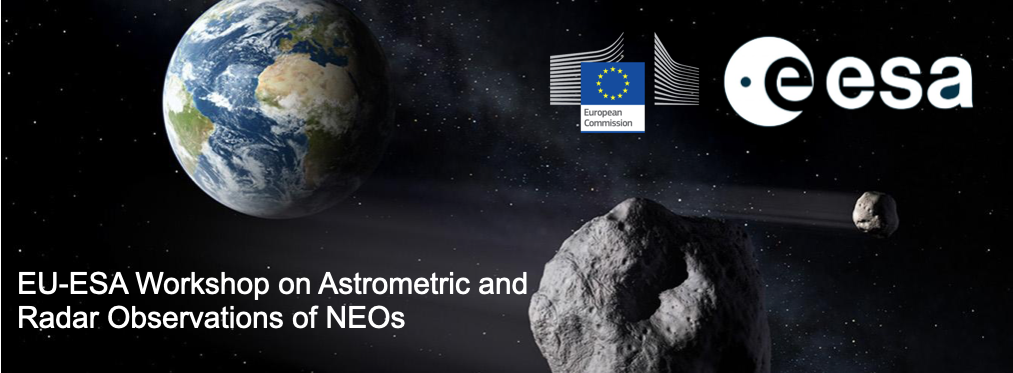Speaker
Description
Scientific CMOS (sCMOS) detectors are being increasingly introduced into astronomical instrumentation due to their fast readout speeds, low read noise, and growing affordability. These features are especially relevant for observing Near-Earth Objects (NEOs), which are often faint, fast-moving, and require high-cadence observations.
In this talk, I will present our experience using sCMOS sensors, specifically the Sony IMX455 and IMX411, across a group of robotic telescope projects installed at Teide Observatory (Tenerife, Spain), actively contributing to Solar System science: ATLAS-Teide, the Transient Survey Telescope (TST), and the Two-meter Twin Telescope (TTT). I will outline the general properties of sCMOS technology and compare them to traditional CCDs, highlighting their implications for NEO observations, including the role of different noise contributions and the challenges introduced by rolling shutter readout.
Special focus will be given to ATLAS-Teide, the newest node in the global ATLAS (Asteroid Terrestrial-impact Last Alert System) network. Located at the Teide Observatory (Canary Islands), this facility operates 16 telescopes simultaneously in synchronized groups of four, delivering wide-field, high-cadence coverage of the night sky. The adoption of sCMOS technology is significantly boosting the network’s ability to detect potentially hazardous asteroids and contribute to planetary defense.
I will present recent scientific results from ATLAS-Teide, TST and TTT, including NEO discoveries, orbit refinement, and physical characterization, along with preliminary results from an ongoing survey targeting fast-rotating NEOs, some of them with sub-minute periods, where the high frame rate and low readout noise of sCMOS detector offer clear advantages over traditional CCDs. I will discuss how sCMOS-based instrumentation is reshaping the way we observe and monitor small bodies in the Solar System.

